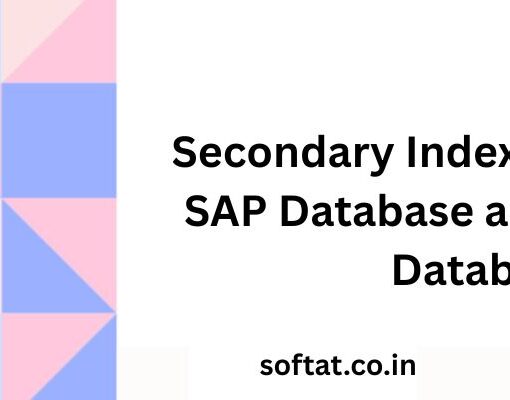Core Data Service (CDS) is an important component of the SAP HANA platform that enables developers to model and define application data in a more efficient and structured way. This blog will provide an overview of CDS, its functionalities, and its significance in the SAP HANA ecosystem.
What is Core Data Service (CDS)?
Core Data Service (CDS) is a modeling language that enables developers to define data structures and services in a declarative way. CDS is a core component of SAP HANA and is used extensively for building applications and data models. CDS supports the creation of data models using the entity-relationship (ER) paradigm, which is widely used in traditional database design.
CDS is a metadata-driven approach to defining data models, which means that the data models are defined using descriptive data rather than programmatic code. This approach makes it easier for developers to define complex data models and to maintain them over time.
How does Core Data Service (CDS) work?
CDS uses a syntax that is similar to SQL and allows developers to define entities, associations, and annotations. Entities are the main building blocks of a CDS model and represent the data that is being modeled. Associations are used to define relationships between entities, while annotations are used to add metadata to the model.
One of the key features of CDS is that it supports the creation of database views, which are virtual tables that are defined using a SELECT statement. Database views enable developers to access data from multiple tables in a single query and can be used to simplify complex data models.
CDS also supports the creation of service definitions, which are used to expose data models as RESTful services. Service definitions define the endpoints and operations that are available to clients and can be used to provide a standardized way of accessing data.
Significance of Core Data Service (CDS):
Core Data Service (CDS) is an important component of the SAP HANA platform and has several benefits for developers and organizations. By providing a metadata-driven approach to modeling data, CDS makes it easier for developers to define complex data structures and maintain them over time. This approach also makes it easier to reuse data models across different applications and services.
CDS supports the creation of database views and service definitions, which enable developers to create scalable and performant applications. By simplifying the access to data from multiple tables, database views can reduce the complexity of SQL queries and improve the performance of database operations. Service definitions provide a standardized way of accessing data, which can simplify the development of client applications.
Conclusion:
Core Data Service (CDS) is an important component of the SAP HANA platform that enables developers to model and define application data in a more efficient and structured way. CDS supports the creation of data models using the entity-relationship (ER) paradigm, which is widely used in traditional database design. CDS also supports the creation of database views and service definitions, which enable developers to create scalable and performant applications. By providing a metadata-driven approach to modeling data, CDS makes it easier for developers to define complex data structures and maintain them over time.





